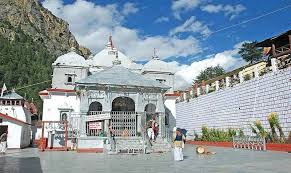Shree Ram Janmabhoomi Mandir, Sai Nagar, Ayodhya
The Shree Ram Janmabhoomi Mandir, located in Ayodhya, Uttar Pradesh, is a revered Hindu temple dedicated to Lord Ram.
Historical and Religious Significance: The temple holds immense historical and religious importance as it is believed to be the birthplace of Lord Ram, a revered deity in Hinduism. The site has been a focal point of Hindu faith and devotion for centuries.
Architectural Heritage: The Shree Ram Janmabhoomi Mandir stands as a symbol of Hindu architecture and heritage. While the original structure was demolished in the 16th century and replaced with a mosque, efforts are underway to construct a grand temple at the site, reflecting traditional Indian temple architecture.
Cultural and Social Impact: The temple complex is not only a place of worship but also a cultural and social landmark for Hindus. The movement to reclaim the site and rebuild the temple has been a significant aspect of Hindu nationalism and identity.
Legal and Political Context: The construction of the temple has been a subject of legal and political debate for decades. The Supreme Court of India's verdict in 2019 paved the way for the construction of the temple, leading to widespread celebrations among Hindus.
Pilgrimage Experience: Devotees from across the country and around the world visit the Shree Ram Janmabhoomi Mandir to pay their respects to Lord Ram and seek his blessings. The temple complex is expected to become a major pilgrimage site once construction is completed.
the Shree Ram Janmabhoomi Mandir is not just a religious site but a symbol of Hindu faith, culture, and identity. Its construction represents a significant moment in India's history and has deep-rooted implications for the country's social and political landscape.


Comments
Post a Comment